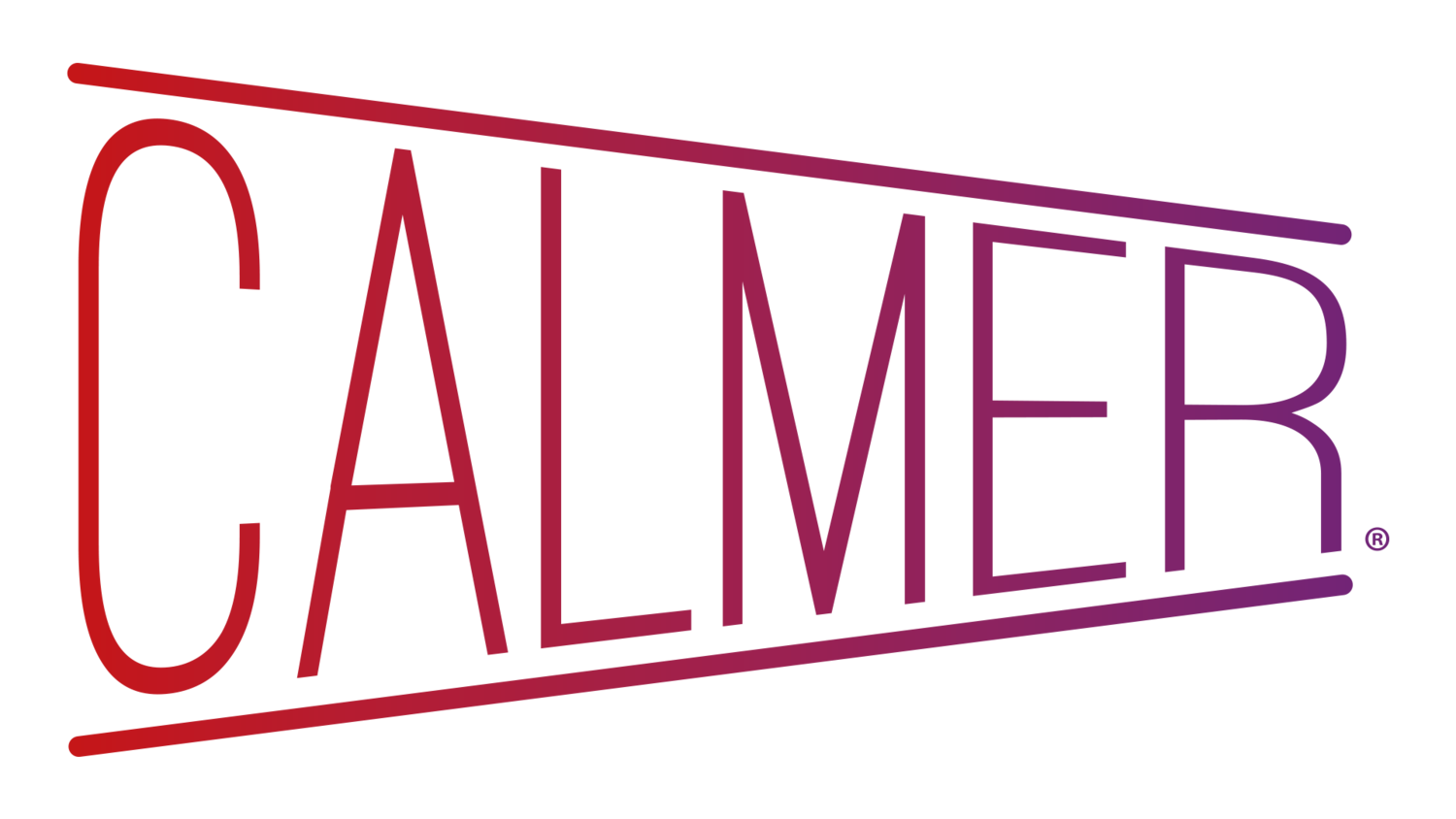The pandemic’s impact on our workplace is clear to see, and its wider implications are only just beginning - the question is, what could your professional lives start to look like on our path towards the new normal?
As we journey along the government’s roadmap, a question of normality is a worthy one to ask. After all, does it make sense for us to return to the way things were before, or learn from our experiences over the last year as we move forward?
In this week’s guest post, Kayleigh Alexandra explores the following three lessons our workplaces must learn before entering the new normal:
Helping with employee travel expenses
Supporting wellbeing and avoiding burnout
Adopting cloud storage permanently
Working in a world beyond the pandemic is sure to feel different, however this needn’t be negative. Read on as we outline how workplaces can take the lessons they’ve learnt during the pandemic, and use them to improve the way they work in the long-term.






